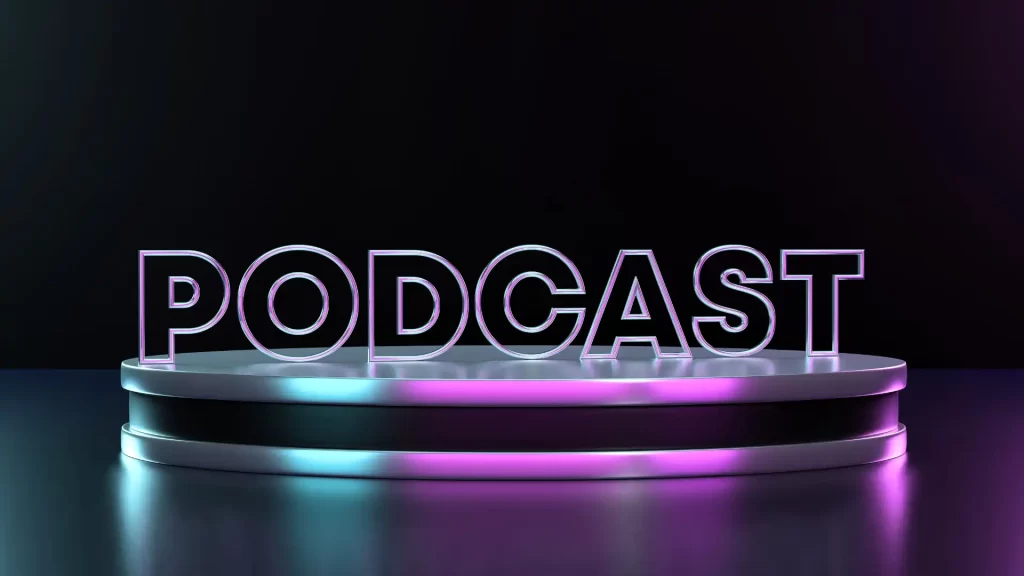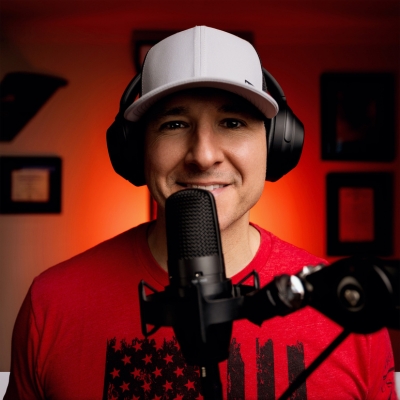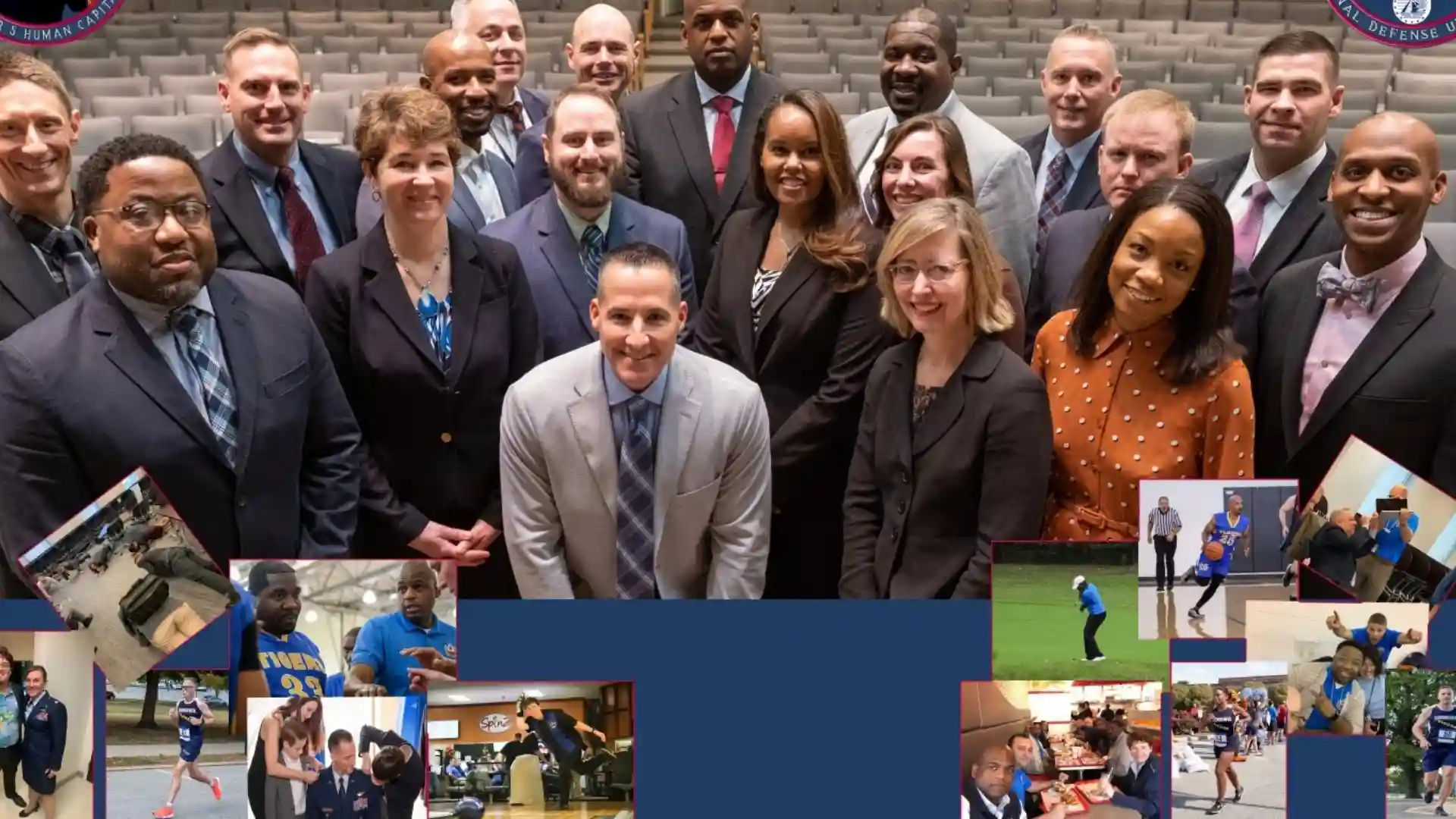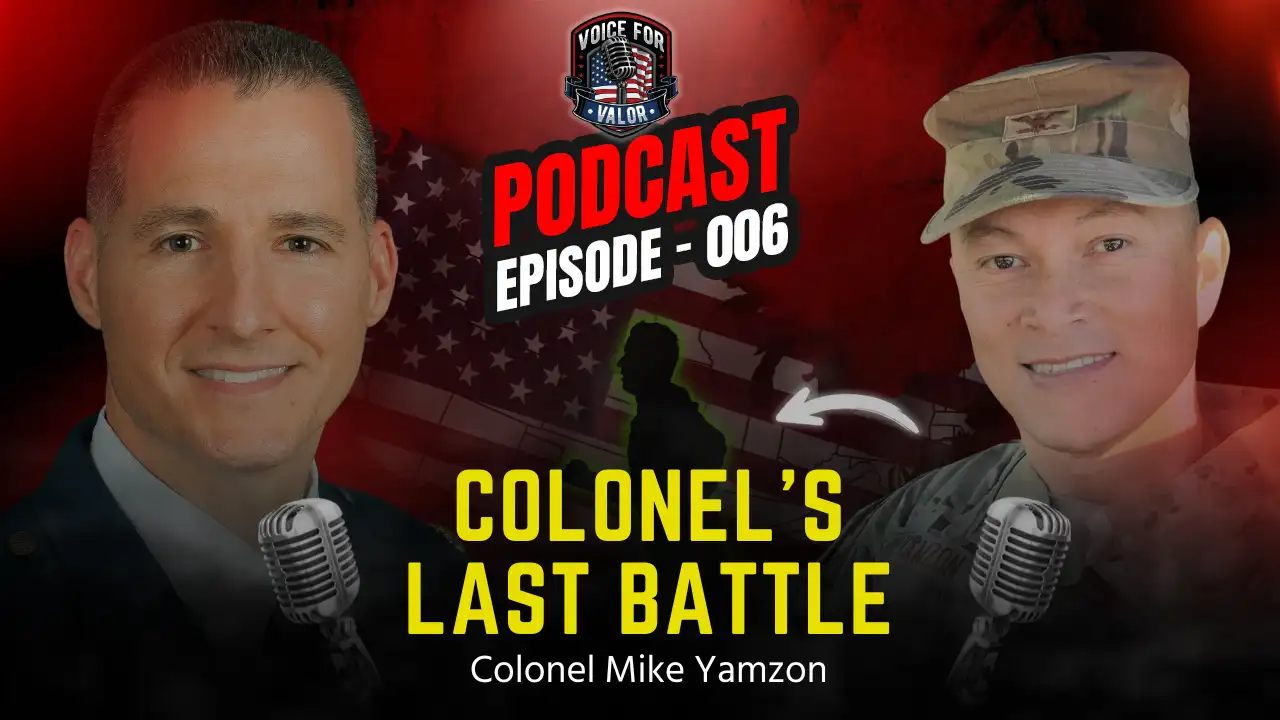Have you ever wanted to share your voice with the world? A podcast is like a radio show, but you can listen to it anytime, anywhere. Whether you’re driving, working out, or just relaxing, podcasts bring stories, tips, and fun directly to you. But what exactly is a podcast, and how does it work? This guide will break it down in simple terms, covering its history, popularity, and what makes a podcast successful.
Table of Contents
ToggleWhen Did Podcasts Start?
Podcasts may seem new, but they actually began in the early 2000s. The word “podcast” comes from a combination of “iPod” and “broadcast.” During that time, Apple’s iPod was one of the most popular devices, and people started sharing audio content online.
As smartphones and streaming services grew, podcasts became more accessible. Today, you can find millions of podcasts covering almost every topic imaginable.
Quick Answer: Podcasts started in 2004 and became popular with smartphones and streaming platforms.
Why Are Podcasts So Popular Today?
Podcasts have exploded in popularity for several reasons:
- Easy to Listen To – Unlike videos, podcasts don’t require your full attention. You can listen while doing other activities like cooking, commuting, or exercising.
- Diverse Content – Whether you love true crime, business advice, or storytelling, there’s a podcast for you.
- Personal Connection – Hearing someone’s voice creates a stronger connection than reading text. Many listeners feel like they personally know their favorite podcasters.
- Convenience – With streaming platforms like Spotify, Apple Podcasts, and Google Podcasts, listening is just a tap away.
Quick Answer: Podcasts are popular because they’re easy, personal, and cover many topics.
How Do Podcasts Work?
A podcast is an audio file that is uploaded to the internet and distributed through platforms like Spotify, Apple Podcasts, and Google Podcasts. Here’s how the process works:
- Recording – The host records an episode using a microphone and audio recording software.
- Editing – Background noise and mistakes are removed, and music or effects may be added.
- Publishing – The episode is uploaded to a podcast hosting service, which then distributes it to podcast platforms.
- Listening – Listeners stream or download the episode on their preferred platform.
What Equipment Do You Need to Start a Podcast?
Starting a podcast doesn’t require a huge budget. Here are the essentials:
- Microphone – A good microphone improves sound quality. Entry-level options like the Blue Yeti or Audio-Technica ATR2100x are great choices.
- Headphones – Help you monitor audio quality and avoid echo.
- Recording Software – Free software like Audacity or GarageBand works well for beginners.
- Podcast Hosting Platform – Services like Buzzsprout, Podbean, or Anchor store your episodes and distribute them to platforms like Spotify and Apple Podcasts.
What Makes a Podcast Successful?
Some podcasts gain millions of listeners, while others struggle to find an audience. Here’s what successful podcasts do well:
- Great Content – Listeners love engaging stories, useful tips, or entertaining conversations.
- Strong Branding & SEO – A catchy name, a simple website, and smart keywords help people find your podcast.
- Regular Episodes – Consistency keeps listeners coming back. Popular podcasts release episodes weekly or biweekly.
- Good Audio Quality – Poor sound can drive listeners away. Investing in a good microphone and basic editing software helps.
- Audience Engagement – Successful podcasters interact with their audience through social media, emails, or live events.
Some hit podcasts—like The Joe Rogan Experience, Serial, and The Daily—excel in these areas. They mix great content, good sound, and smart marketing to attract millions of fans.
Quick Answer: A hit podcast needs great content, smart branding, regular episodes, good audio, and strong audience connections.
How to Upload a Podcast to Spotify
Spotify is one of the biggest podcast platforms. Here’s how to get your podcast on it:
- Create an Account – Sign up on a podcast hosting platform like Anchor, Buzzsprout, or Podbean.
- Upload Your Episode – Add your audio file, title, description, and episode details.
- Submit to Spotify – Most hosting platforms have an option to distribute to Spotify automatically. If not, you can manually submit it via Spotify for Podcasters.
- Wait for Approval – Spotify will review your submission, which can take a few hours to a few days.
- Promote Your Podcast – Share your episodes on social media, your website, and other platforms to attract listeners.
How to Monetize a Podcast
If you want to turn your podcast into a source of income, here are some common ways to make money:
- Sponsorships & Ads – Companies pay podcasters to mention their products.
- Listener Donations – Platforms like Patreon allow fans to support creators.
- Merchandise – Selling branded T-shirts, mugs, or stickers.
- Affiliate Marketing – Promoting products and earning a commission on sales.
- Premium Content – Offering exclusive episodes or ad-free listening for a fee.
Conclusion
Podcasts have changed the way people consume content. They are easy to start, widely accessible, and offer endless possibilities for entertainment and education. Whether you’re a listener or someone looking to start your own show, understanding how podcasts work can open up new opportunities.
If you’re thinking about launching your podcast, start simple. Focus on great content, invest in basic equipment, and engage with your audience. Who knows? Your podcast might be the next big hit!







